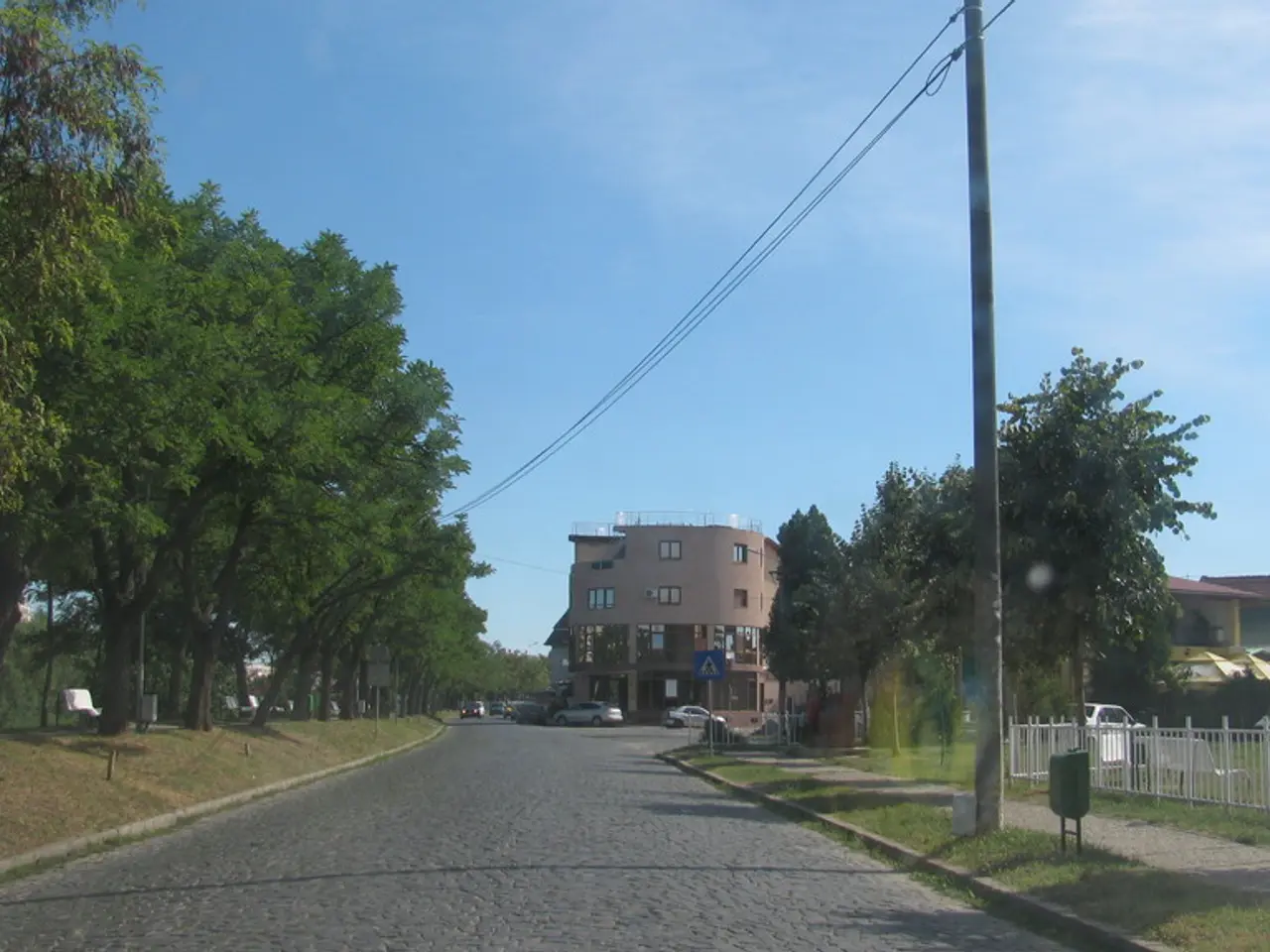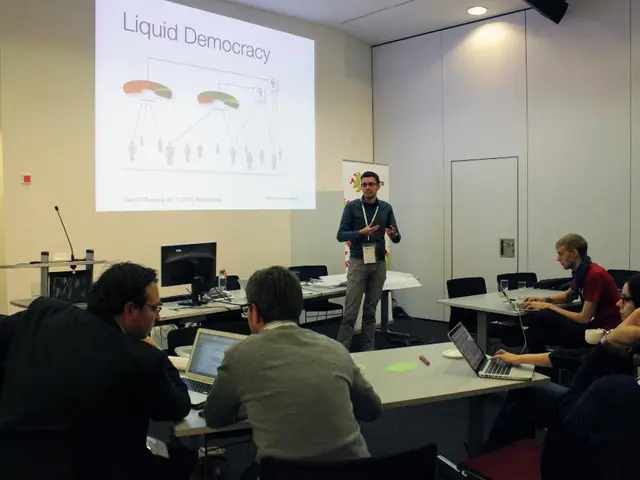Roseville's electric bus and fleet operations now operated with a new smart charging system, courtesy of BetterFleet.
The city of Roseville, California, is making significant strides towards its goal of transitioning its transit and municipal fleet to a 100% zero-emissions fleet by 2040. As part of this initiative, Roseville Transit, which operates a fleet of 41 buses and over 1,000 city vehicles, has already acquired 22 electric buses and vehicles, including five 40-foot electric transit buses, five commuter electric buses, and 12 electric on-demand vehicles, powered by the community-owned Roseville Electric Utility.
To support this transition, Roseville has implemented BetterFleet’s AI-powered smart charging platform. This system, funded through a grant from the California Energy Commission (CEC) under its Clean Transportation Program, provides advanced management of the electric vehicle charging infrastructure at no cost to the city. The platform offers real-time visibility of charging sessions, infrastructure status, remote charger control, smart scheduling, and predictive capabilities such as estimating remaining charge time and vehicle range.
The digital twin modeling within the BetterFleet system optimizes operations by taking into account route topography, vehicle physics, driver behavior, and grid constraints in real-time, thus maximizing efficiency and reducing strain on the power grid.
Currently, Roseville’s corporation yard has nine Level 3 DC fast chargers and five Level 2 chargers, with plans to expand to a total of 71 chargers in Phase 2 of the project. This technology deployment is a crucial milestone in Roseville’s goal to fully transition its fleet to zero emissions by 2040, helping the city comply with California’s zero-emission standards without costing taxpayers.
According to Roseville’s Fleet Manager, the BetterFleet platform significantly improves the efficiency and effectiveness of operating the electric transit and municipal vehicles. This initiative sets Roseville on a clear path toward electrification of its fleet with advanced charging management to optimize energy use and support grid responsiveness.
- The integration of smart charging platforms like BetterFleet's AI-powered system is crucial for managing the electric vehicle charging infrastructure in Roseville, California, enhancing the city's ambitious goal of a 100% zero-emissions fleet by 2040.
- Roseville's commitment to transitioning its transit and municipal fleet to zero emissions extends beyond the acquisition of electric buses and vehicles; it also includes the implementation of advanced technology like the digital twin modeling within BetterFleet's system.
- The transportation industry in Roseville, California, is undergoing a significant transformation fueled by the adoption of new technologies such as electric buses, smart charging infrastructure, and AI-powered management systems, all aimed at reducing emissions and improving environmental sustainability.
- As Roseville expands its charging infrastructure from the current nine Level 3 DC fast chargers and five Level 2 chargers to a total of 71 chargers, the role of financial management becomes paramount to ensure the smooth execution of this transition without burdening taxpayers.
- The transition towards a zero-emission fleet in Roseville, California, is not merely about adopting new technology; it also involves the effective integration of these technologies into existing infrastructure and the scientific understanding of factors like route topography, vehicle physics, driver behavior, and grid constraints for optimized efficiency.




